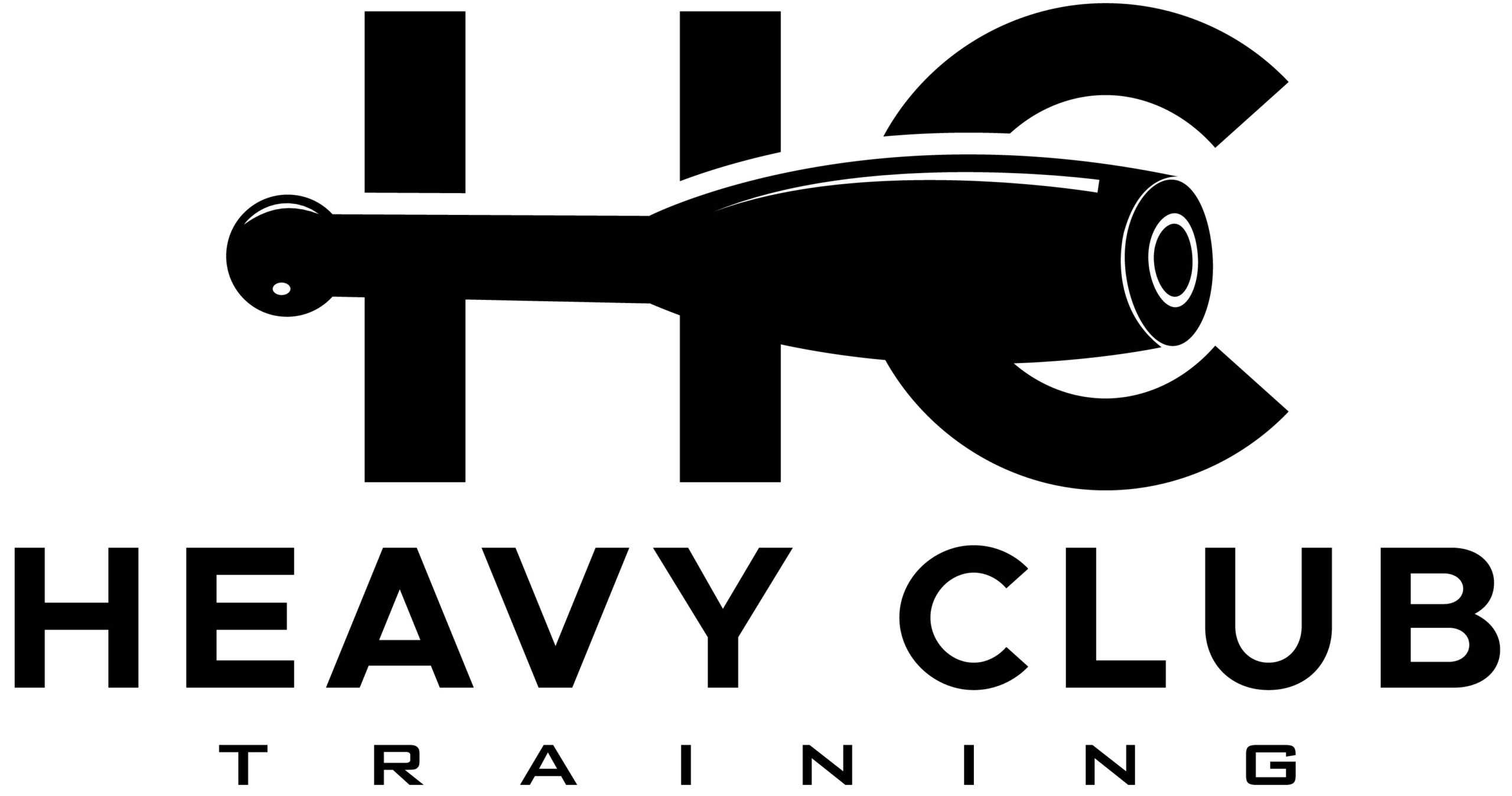In this post, we go over (1) what is myofascial release, (2) how do you know if you need myofascial release, and (3) how is massage different from myofascial release?
[toc]
What is Myofascial Release?
A myofascial release is a practical approach to managing pain and discomfort. Don’t expect a gentle massage with aromatherapy and flute music. Instead, myofascial release can be an intense experience.
During a session, a physical therapist, chiropractor or even a masseuse will gently massage, knead and stretch the muscles and fascia to create knots. This technique also involves applying pressure to tense or painful areas to release them.
Pressure is applied with hands, elbows, or massage tools such as foam rollers or balls. You may be sore afterward, but as the pain subsides, you will feel more relaxed than before.
How Do I Know If I Need Myofascial Release?
If your muscles are sore from exercising and/or sitting at a table, a massage can give you the tension you need to loosen the knots and feel better. If you experience persistent pain that doesn’t go away even after ironing and resting, myofascial release may be a good option. If you experience pain that won’t go away or feel tired after exercising, you may be training too much. It’s important to treat pain early so you don’t force him to do something that could cause injury.
Also, exercise in pain causes overcompensation, which puts stress on other parts of the body. For example, runners may change their gait if they experience knee pain, which can cause pain in the opposite knee or other joints, including the ankle or hip. Using a technique called myofascial release to relieve and even prevent pain can get you moving!
At first glance, it looks like a massage, but the techniques are different.

How Is Massage Different From Myofascial Release?
Massage involves stroking and kneading movements, usually applied with a lubricant, which makes it easier for the therapist to move their hands over the recipient’s skin. It’s great for anyone with stiff or fatigued muscles, awkward sleeping positions, and normal day-to-day stress.
A massage usually lasts 30 to 60 minutes and can release muscle tension, including loosening “knots” in the muscles. Although people usually feel better afterward (although it is sometimes painful as the muscle knots come loose), connective tissue pain usually doesn’t go away.
Myofascial release applies constant pressure to specific areas of the connective tissue (fascia) that surrounds your muscles and bones. This pressure is designed to release restrictions in connective tissue so you have more freedom of movement and less pain.
A physical therapist trained in myofascial release maintains pressure on the target area for three to five minutes. Using consistent pressure is key. The fibers should have enough time to soften and stretch. No lubricant is added to the skin, allowing the therapist to locate and release areas of connective tissue.
Here are some resources I recommend
ULTIMATE HEAVY CLUB TRAINING PROGRAM is a hidden gem that teaches you lessons on unique training and physiology taught by a doctor and Olympic gold medalist. FREE Bonus Includes: A Stud’s Physique Fitness Program
A STUD’S PHYSIQUE is the fitness regimen for the people who aspire for higher. It’s the ultimate primer in both simple and advanced techniques. Get this if you want to lose weight and look great, or become strong and jacked.
Health & Fitness Subliminal is an approved self-hypnosis track that we recommend to clients who have mental barriers causing them to struggle with their fitness goals.
We recommend this underrated ebook because it has plenty of health-conscious alcoholic and non-alcoholic drinks.
None of these resources listed here are affiliate links. We recommend these websites and products because we use them ourselves and recommend them to our clients.
